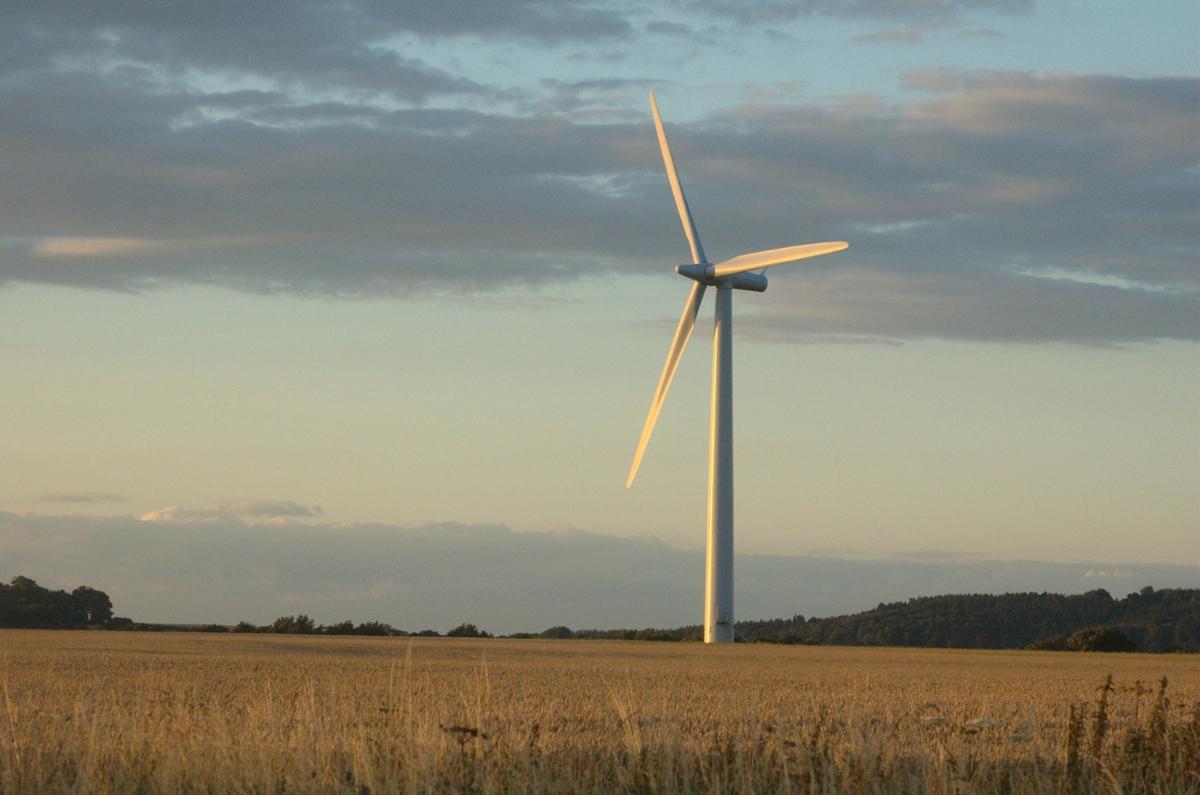D: Time to go again to the A Moment of Science mailbag. A listener writes:
Dear A Moment of Science,
I keep seeing new wind farms going up all around. And I wonder: How do wind farm developers know exactly where to put the turbines?
Y: Great question. The simple answer is that wind farms are built in places where the wind is strong and steady.
D: Right. But that then still begs the question: how can you know precisely when, where, and how powerfully the wind will blow? That's where the science of wind forecasting comes in.
Y: Wind forecasters look at two kinds of data. First, they take wind measurements at a potential wind farm site for a year or so. Then they compare that data with long-term measurements in the same region going back fifty years or more, using information gathered by weather balloons, satellites, and observations at airports. They feed all the data into powerful computer models that provide an accurate and detailed portrait of the site's wind resources past, present, and future.
D: The more accurate that portrait is, the better. Because wind is extremely sensitive to changes in temperature, terrain, humidity, and dozens of other factors. A change in elevation from one part of an area to another can make a big difference in wind speed. So wind forecasting computer models need to take into account as many elements as possible, including potential changes such as climate change, loss of trees, and land development.
Y: No model is perfect, but wind forecasters have become very good at telling wind farm developers how much wind they can expect, and how much energy their turbines will produce.










